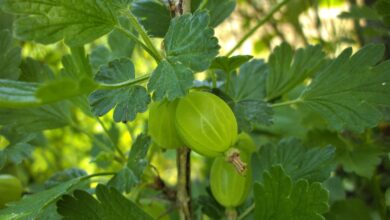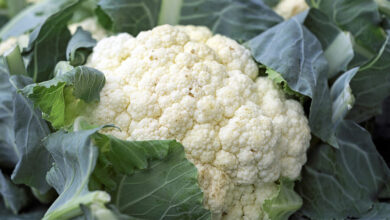Quinoa: Health Benefits And Side Effects

Quinoa was the most important food of the Indians, along with corn and potatoes served as the main food for the Incas. This cereal was called “golden grain”. Today, quinoa is a staple in our daily diet.
The History Of Quinoa In Nutrition
Quinoa belongs to the Amaranth family and is native to South America. This plant is native to Lake Titicaca.
The Andean peoples first began cultivating quinoa 3,000 years ago. At that time, outside this area, the plant was little known.
The Incas considered quinoa a sacred grain and called it the “mother of all seeds.” The conquistadors, on the contrary, treated quinoa as “food for the Indians”, despised it and even destroyed entire fields, since they were of great religious importance to the Incas. The Spanish conquerors forced the Incas to grow wheat instead of the traditional quinoa.
In Russia, this culture is also known as “rice quinoa”. Quinoa is now grown in Uruguay, Peru and Bolivia, with 90% of the crop supplied to the United States. This is one of the reasons why quinoa is so expensive in other countries, where it is rarer.
The United Nations General Assembly has declared 2013 the Year of Quinoa. So they wanted to draw the attention of the world to the important role of this grain, as well as the great work of the indigenous peoples of the Andes, who were able to save quinoa.
Composition And Calorie Content Of Quinoa
| Calories per 100 g | 386 kcal |
| Squirrels | 14.1 g |
| Fats | 6.1 g |
| Carbohydrates | 57.2 g |
Health Benefits Of Quinoa
Quinoa differs from other grains in that it is a rich source of protein. Some varieties can contain up to 20% protein, when, for example, rice is only 7%. At the same time, there are many types of different amino acids in quinoa – up to 20 variants. The protein in this cereal is close to milk proteins in its composition. This important element is necessary as a building material for the body, especially for children and pregnant women. Quinoa is a nutritious grain and provides a feeling of satiety for a long time.
This plant has a lot of lysine, which is necessary for the absorption of calcium. In wheat and rice, for example, lysine is much less.
Quinoa also contains fats, carbohydrates, fibre, which improves digestion and nourishes the intestinal microflora. Quinoa has a lot of B vitamins, trace elements, especially phosphorus (3 times more than in rice and no less than in fish), iron, calcium and zinc.
The Side Effects Of Quinoa
Quinoa should be consumed in moderation. Cereals contain oxalates (oxalic acid), so overeating the product can cause kidney dysfunction and aggravate gout. Quinoa must be soaked before eating, as the groats contain toxins that are washed out during processing.
The Use Of Quinoa In Medicine
The popularity of quinoa in the United States and Western Europe is due to the increased attention of adherents of a healthy diet to this plant. In the 2000s, U.S. imports of quinoa increased 10-fold.
In the modern world, ciliac disease and Crohn’s disease are relatively common, in which gluten intolerance develops. It is found in most cereals, but quinoa is not, so it can be used to feed people with these diseases.
Also, this culture is considered a good general tonic, perfectly replenishing the energy reserve of active people. Quinoa helps to speed up recovery after illnesses and surgeries.
In cosmetology, quinoa is used as a scrub that effectively exfoliates the skin.




